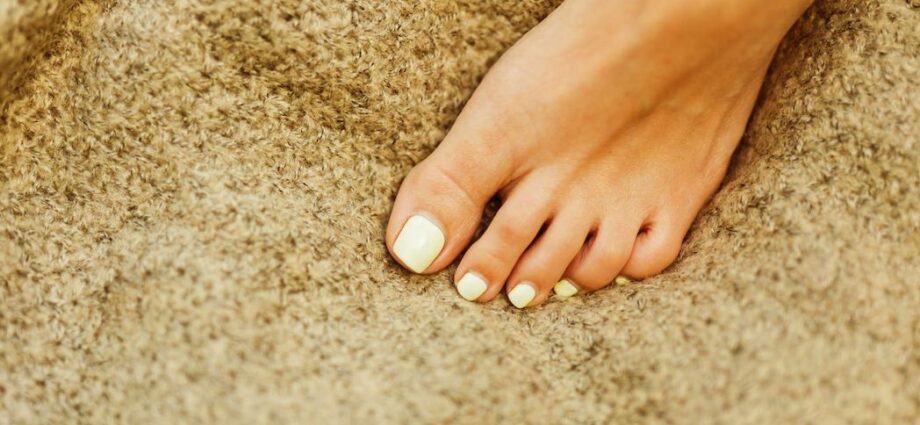The pain and discomfort of an ingrown toenail are intolerable. It is important to try Houston ingrown toenail treatment to ensure that the toenail stops from growing into the skin. It also ensures that the condition does not get severe prompting surgery from a Houston Ingrown toenail specialist. It is important to ensure that the ingrown toenail does not get infected. Ingrown toenails can heal and do not leave permanent damage.
The first thing you should do before attempting any treatments is checking with a Houston ingrown toenail doctor for any underlying foot problems. The podiatrist is best placed to advise you on ingrown toenail relief Houston measures for safety reasons. Underlying foot problems can cause serious ingrown toenail complications.
Soak the foot in a mixture of warm water and Epsom salt. Using hot water could cause your ingrown toenail to swell. Let the foot stay in the water at last for 15 minutes daily. It helps your toenail soften and prevents it from becoming infected. After drying the foot, you want to have a cotton ball or dental floss, toenail lifter and tweezers disinfected and ready to use. Using a disinfected lifter lift the toenail and place a dental floss or cotton ball under the toenail. You can apply an antiseptic to the cotton ball or floss before sliding it under the nail. Change the dental floss daily after soaking, cleaning, and drying to reduce the risk of infection. When you are at home wear sandals for the toe to air. If the nails continue cutting into the skin you may want to consult your podiatrist about taping. In taping you secure a band-aid and pull away the skin from where it is cutting into the nailbed. This decreases pressure from the area and promotes drying and drainage.
Houston ingrown toenail treatment at home
Soak the foot in cool water with two teaspoons of povidone-iodine. It is a powerful antiseptic while it does not treat ingrown toenails, it prevents infections. You can also apply honey and lemon juice and then apply a bandage to fight infections. Lemon has antimicrobial effects. Apply oil to soften the skin around the toenail and reduce pressure. Baby oil has great properties for softening the skin while tea tree oil has antifungal and antibacterial properties.
Take over-the-counter pain relievers to relieve ingrown toenail pain and inflammation. You can have your podiatrist prescribe pain relievers. Wear a toe protector to provide a barrier for ingrown toenails. You can use a protector to cover the entire toe.
Once you notice signs of infection such as pain at the site, increased redness, swelling, warmth, foul odor, or pus. Have the doctor prescribe oral antibiotics to reduce swelling and pain.
Ingrown toenail removal is only considered after the home remedies fail. The foot doctor considers partial and full removal whichever will work. The partial removal gets part of the nail border, nail bed, and middle growth plate removed. In very severe cases the full removal of the nail is considered a last resort because it increases the risk of misshapen toenails and toenail infections.
When should you visit a podiatrist?
When you realize these things, you need to seek Houston ingrown toenail treatment from a podiatrist:
- Home remedies fail
- Swelling and pain are severe.
- Experience allergic skin reactions to any of the drugs offered.
- If you have questions about the care and treatment of ingrown toenails.
How to prevent ingrown toenails
By keeping the toenails at a moderate length and trimming straight across. Avoid rounded corners because they present the risk of developing ingrown toenails. Cut toenails once two weeks to avoid them from becoming ingrown. Avoiding poor posture and foot hygiene also causes a risk of ingrown toenails developing.
When you have an ingrown toenail getting a pedicure can aggravate the skin underneath. The pedicure equipment could cause or worsen an ingrown toenail infection.
Make sure you wear correctly fitting shoes because small shoes will press on the toenails and cause ingrown. When you have an ingrown toenail wear open-toed shoes to relieve pressure from the toes.









